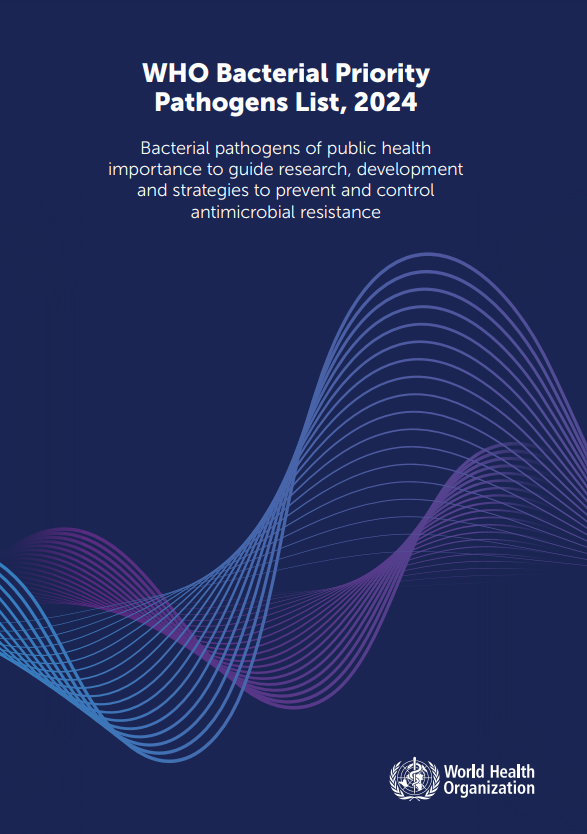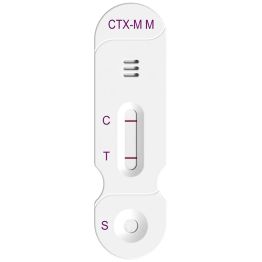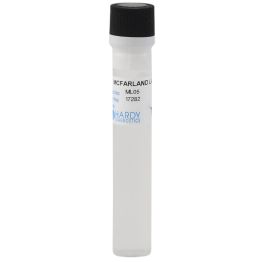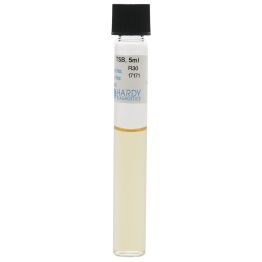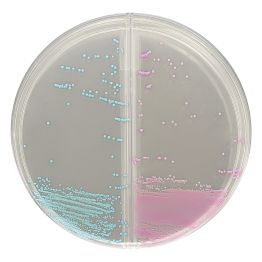AMR: An Evolving Global Health Threat
The World Health Organization (WHO) recently released its 2024 Bacterial Priority Pathogens List (BPPL). The 72-page document builds on its first list, released in 2017. The WHO BPPL 2024 focuses on the antibiotic-resistant bacteria that present the greatest unmet needs and pose the most significant public health burdens. The list includes 15 families of antibiotic resistant pathogens grouped as critical, high and medium categories. The WHO’s intent to prioritize the pathogens within the categories is aimed to inform research and development teams and public health organizations to push developers of antibacterial medicines, research institutions, research funders and policy-makers to develop more regionally tailored strategies to effectively combat antimicrobial resistance.
In a press release, Dr Jérôme Salomon, WHO's Assistant Director-General for Universal Health Coverage, Communicable and Noncommunicable Diseases, said “Antimicrobial resistance jeopardizes our ability to effectively treat high burden infections, such as tuberculosis, leading to severe illness and increased mortality rates."
The authors of the 2020 BPPL claim the rationale to update the list is due to a substantial gap to properly address the unmet needs of patients because the research and development of antibacterial agents have not kept pace with the rapid evolution of resistance. The determination of the weighted criteria to categorize the pathogens are based on eight attributes, followed by a blinded global survey of 79 experts from all six WHO regions. The attributes are: mortality, incidence, non-fatal health burden, trend of resistance, transmissibility, preventability in healthcare setting and community, treatability, and pipeline.
In the 2024 BPPL, Gram-negative bacteria that are resistant to last-resort antibiotics, such as Acinetobacter baumannii and various pathogens in the Enterobacterales order, as well as rifampicin-resistant (RR) Mycobacterium tuberculosis, are listed as a critical-priority because of their ability to transfer resistance genes, the severity of the infections and disease they cause and/or their significant global burden, particularly in low to middle-income countries. The inclusion of Salmonella and Shigella as high-priority reflects their increasing resistance to existing treatments and the high burden of infection associated with these pathogens, particularly in low- and middle-income countries (LMIC). Other high-priority pathogens in the 2024 BPPL are antibiotic-resistant Pseudomonas aeruginosa and Staphylococcus aureus, due to their global threat, especially in healthcare settings. Also included in the high-priority category are pathogens that present distinct public health challenges, such as Neisseria gonorrhea, of which multidrug-resistant (MDR) strains have emerged, limiting treatment options. Another pathogen of public health importance is antibiotic resistant Enterococcus faecium, a bacterium that is particularly important due to its ability to transmit resistance elements across WHO's One Health spectrum. The 2024 BPPL includes Group A and B Streptococci, Streptococcus pneumoniae and Haemophilus influenzae in the medium-priority category, indicating an urgent need to address their public health impacts, particularly in vulnerable populations in resource-limited settings. (1)
The 2024 BPPL incorporates new evidence and expert insights to guide research and development for new antibiotics and promote international coordination to foster innovation.
“By mapping the global burden of drug-resistant bacteria and assessing their impact on public health, this list is key to guiding investment and grappling with the antibiotics pipeline and access crisis," saidDr. Yukiko Nakatani, WHO's Assistant Director-General, Access to Medicines and Health Products & Assistant Director-General, Antimicrobial Resistance ad interim.
The WHO BPPL 2024 includes the following bacteria:

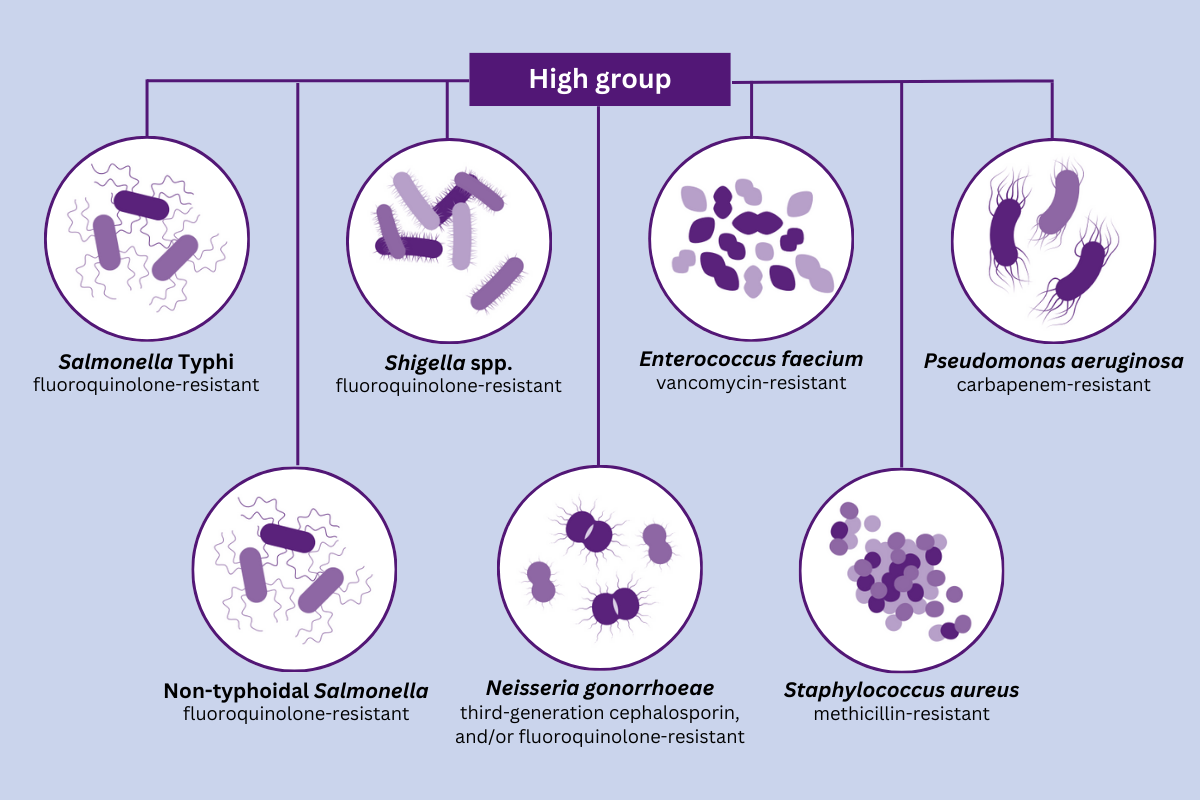

Download the complete WHO BPPL list here.
Products for Antimicrobial Susceptibility Testing (AST)
Hardy Diagnostics features a robust line of antibiotic sensitivity disks and culture media for antibiotic sensitivity testing. Browse our product offerings below or download our Susceptibility Testing catalog.
Learn with Hardy Diagnostics: Your Partners in Microbiology
By combining visual and written content, Hardy Diagnostics offers a comprehensive learning experience that caters to different learning styles. Subscribe to our YouTube Channel for the latest tutorial videos, and explore more Lab Tutorial Blogs for written step-by-step instructions. Stay ahead in your field with Hardy Diagnostics, your trusted partner in microbiology education.
Sources:
1 - WHO Bacterial Priority Pathogens List, 2024: bacterial pathogens of public health importance to guide research, development and strategies to prevent and control antimicrobial resistance. Geneva: World Health Organization; 2024. Licence: CC BY-NC-SA 3.0 IGO.
Meet the author

CLINICAL PRODUCT MANAGER at HARDY DIAGNOSTICS
Megan Roesner, B.A. Journalism and Mass Communications
Megan is a seasoned writer and marketing professional who comes from a background in television journalism, followed by fifteen years leading mulitple hospital marketing and communications teams with the largest not-for-proft health system in the U.S. Megan has won numerous tv, writing and marketing awards and is a member of a number of professional public relations and marketing associations. Her passion for continuous professional challenges and life-long learning led her to Hardy Diagnostics. Megan is proud to work amongst a wonderful marketing team surrounded by experienced microbiologists and scientists who constantly push for the latest and greatest products to help diagnose and detect disease. In her current role, Megan is in charge of product development and marketing Hardy's clinical category which encompasses hospitals and health systems, clinics and research institutions, higher education and veterinary diagnostics. In her free time, Megan enjoys being a mom to her two very active boys, cats, a dog, a very old goldfish and 24 chickens.



